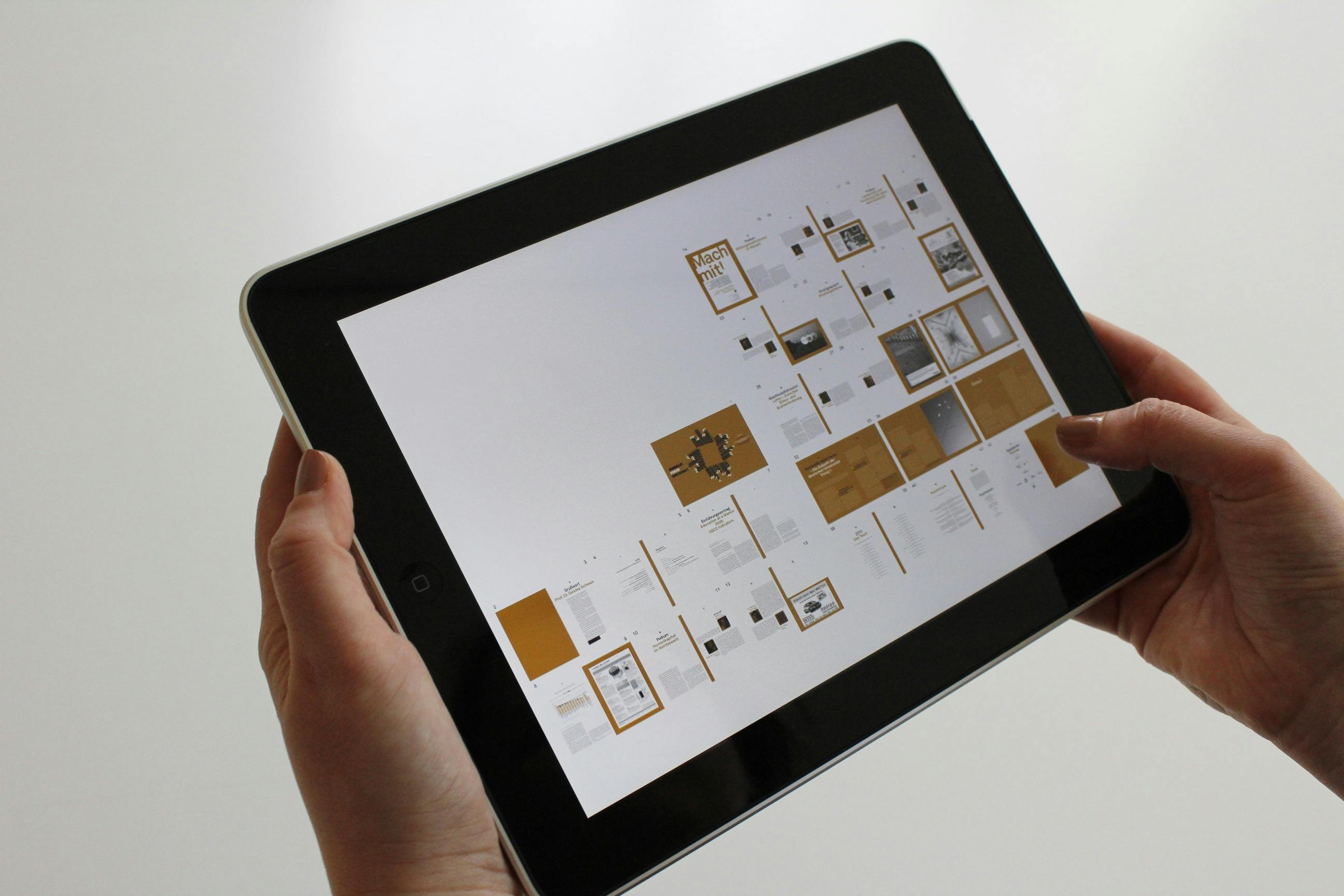Five things to do after buying an HDTV
Whether you just bought your first HDTV, your second HDTV, or are just shopping for an HDTV, here are some tips to get the most out of your new TV.
1. Use the correct inputs and cables
Most TVs offer a wide variety of inputs including composite video and audio that use yellow, red, and white RCA connectors and provide the lowest quality, non-HD signal. The S-Video connectors that use round black connectors are a little better, but they still don’t have HD. The component connections use 3 video and 2 audio RCA connectors, they are still analog, but they will give you HD and are next to HDMI. The best is HDMI with its small rectangular connectors that provide a high quality digital connection for audio and video.
Our advice is to use HDMI and avoid super cheap cables. On the other hand, don’t be fooled into buying expensive cables from the salesperson at your local big box store. Most HDMI cables work fine for most programming, but some are better. What others. The only reason to spend the extra money is on a high speed cable (Category 2) used for “Deep Color” and lossless audio.
2. Adjust the lights in the room and eliminate glare
One of the easiest ways to make your TV look bad is to cast too much light on it creating reflections and glare. Plasma TVs are especially prone to glare issues, but LCD panels can also reflect light. Invest in a pair of curtains or place your TV in a room with few windows. Some experts recommend turning off the lights in the room and adding a dim light behind the TV.
3. Calibrate, Calibrate, Calibrate
If there was one thing we could recommend to get the most out of your new TV, it would be to set the TV out of “showroom” mode and switch it to “your room” mode. You can adjust things like brightness, contrast, and sharpness without a calibration disc, but discs (Blu-ray and DVD) aren’t very expensive. On the other hand, you could always consider hiring a professional, who would probably use some expensive equipment to give your TV a high-quality calibration.
Here are some options for DIY calibration. Remember, a Blu-ray calibration disc in a Blu-ray player will show the best test patterns.
Cheap and easy calibration
George Lucas has seen to it that THX certified DVDs provide a set of calibration tools in the setup menu. If you don’t already own a THX DVD like “Star Wars,” try Netflix or your local library for one of the DVDs listed on this website. THX Optimizer will guide you through a set of test patterns so you can adjust contrast, brightness, color/tone, aspect ratio, and sharpness. In case you messed up, most TVs have default settings that you can use to restore factory settings.
Buy a calibration DVD
For around $25, you can invest in a calibration disk that can include a set of filters that you look through or hold against the screen to help set color levels. Spears & Munsil’s Blu-ray Calibration Disc earns high marks from users. Joe Kane’s Digital Video Essentials (DVE) is another popular one, as well as the Monster/ISF HDTV Calibration Wizard. The tutorials on the discs explain how to perform the tests and what the tests mean.
Call a professional or buy your equipment
If you can afford to pay around $300 to have a specialist from somewhere like the Geek Squad come to your house, you’ll get someone trained to use professional equipment like this colorimeter that sucks out the front of your TV and provides feedback to adjust settings. You can always buy the equipment they use, like this SpyderTV analyzer, which starts at around $100.
4.Add speakers
Good sound can make a big difference in how the picture looks. Don’t make the mistake of buying a good quality HDTV and then adding a subpar set of speakers or home theater.
Studies have shown that viewers think the picture looks better when the audio sounds better. Most HDTVs have outputs for additional speakers. The first thing you should consider adding is a subwoofer that will boost the bass. A good subwoofer will cost around $100. To get the full immersion effect of surround sound, you’ll need to purchase a set of speakers and place them around the room. A set of 5.1 speakers that includes a subwoofer could set you back a few hundred dollars for a decent set. Another option is a sound bar that sits under the front of your TV and “projects” simulated surround sound.
5. Mount it
Mounting your large flat screen TV may require more skill and tools than you have on hand, but a TV mounted on an articulating arm against the wall in your bedroom can not only make the TV look more attractive, it can even enhance the viewing experience as the articulating arms can be extended from the wall and tilted to optimize the viewing angle. They can also make ports easier to access when you want to change connections on the back of your computer. Installers generally caution against mounting a TV too high to avoid stiff necks from “star gazing.”

Leave a Reply